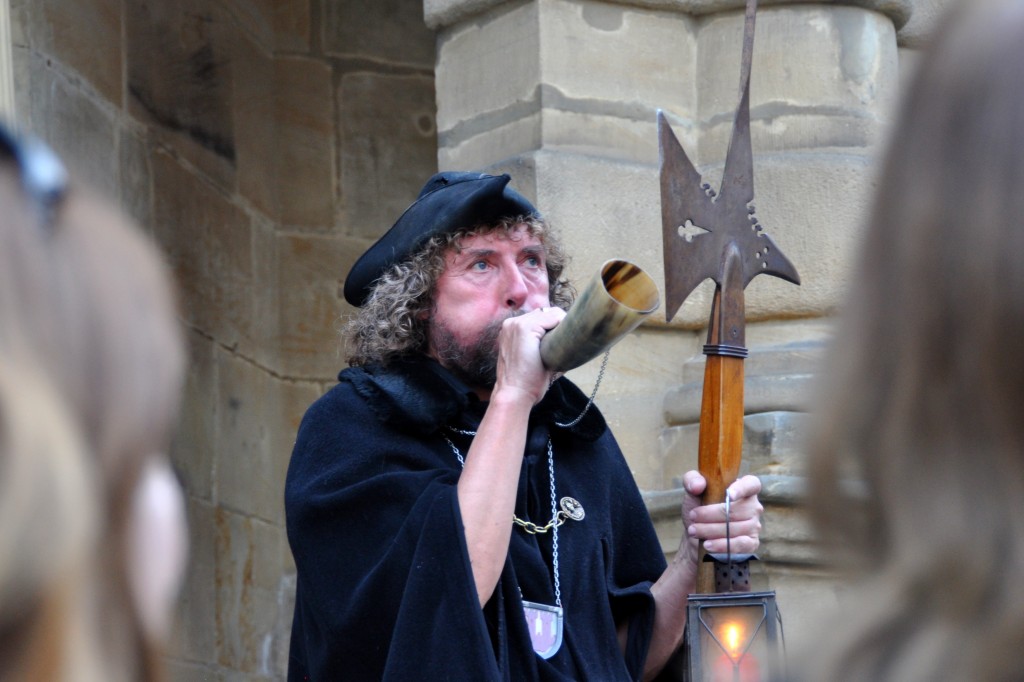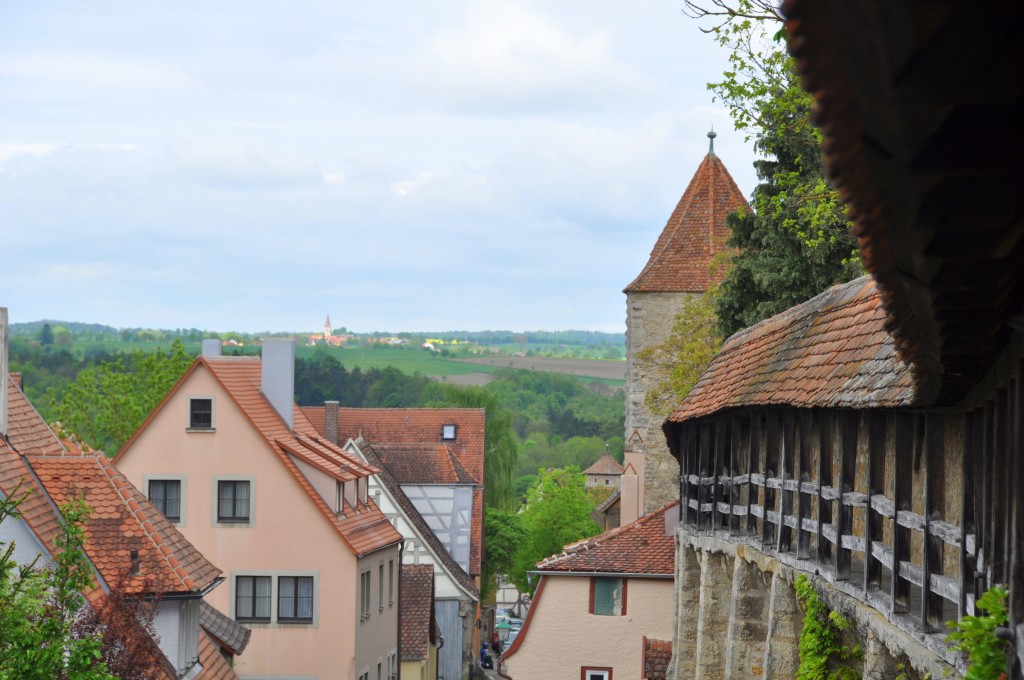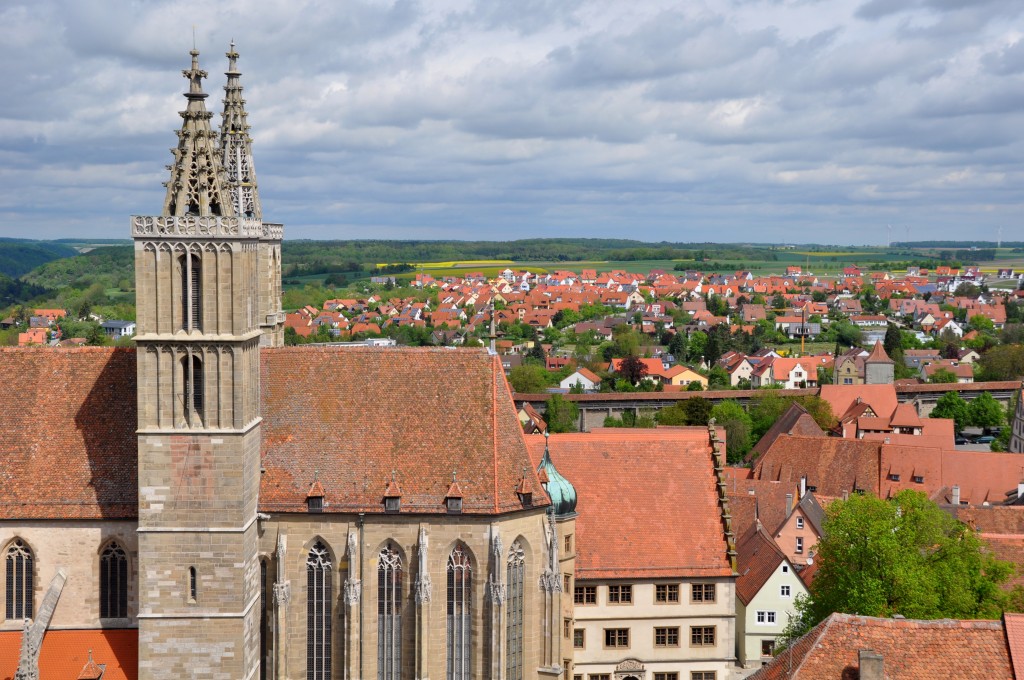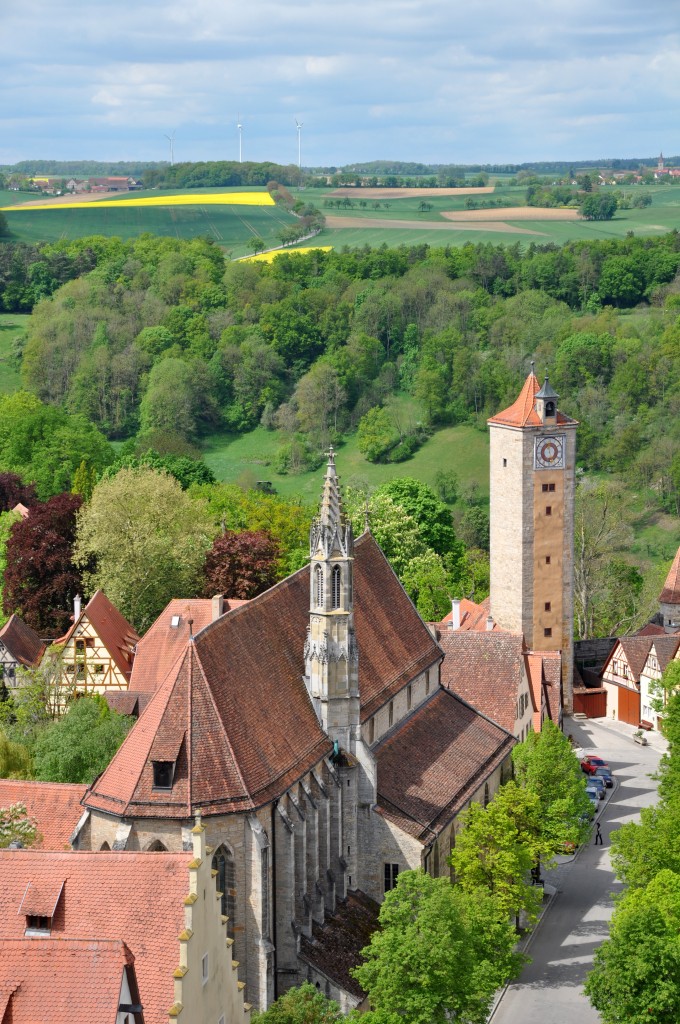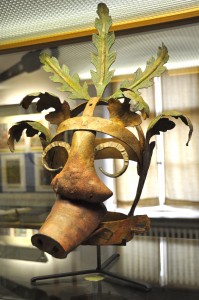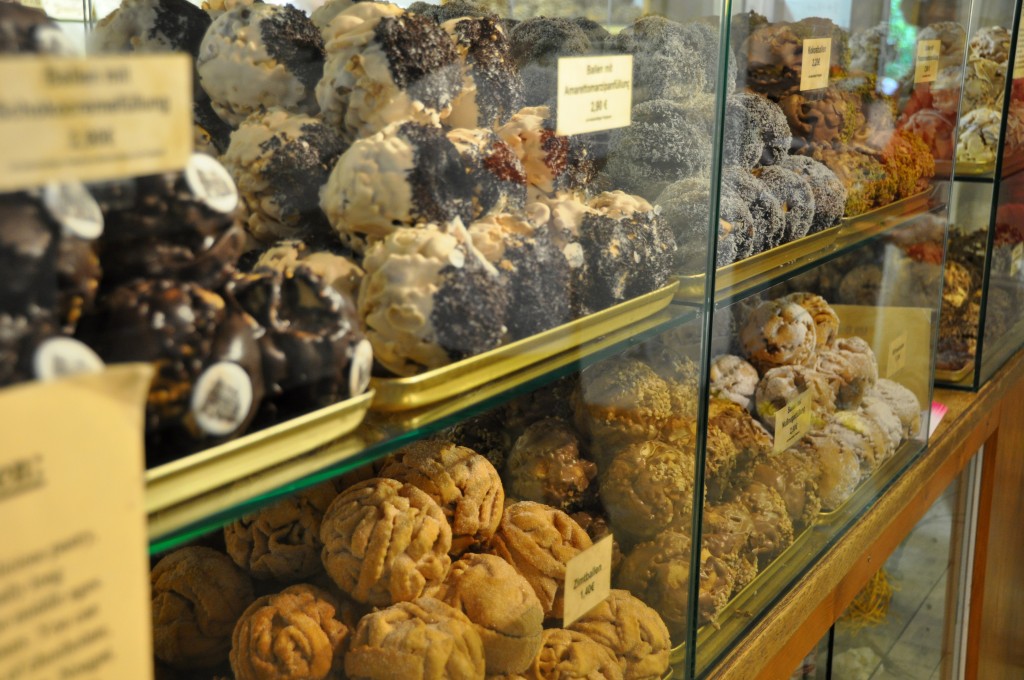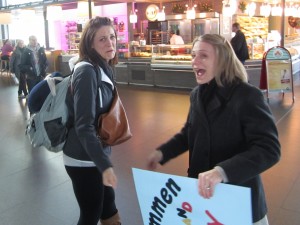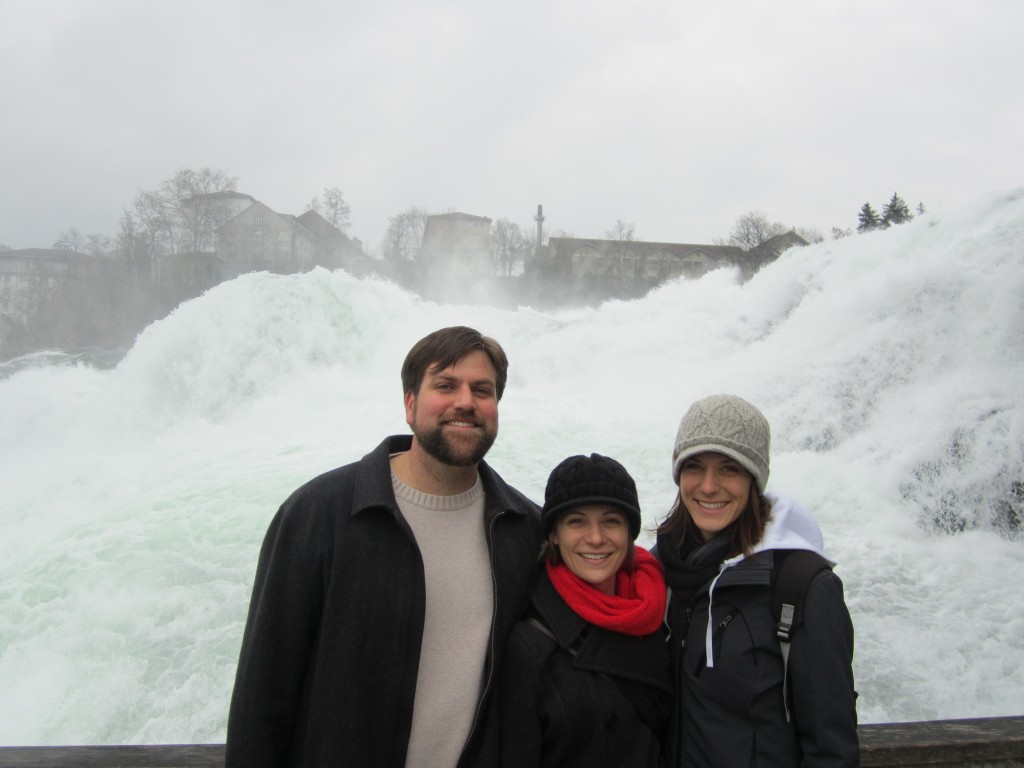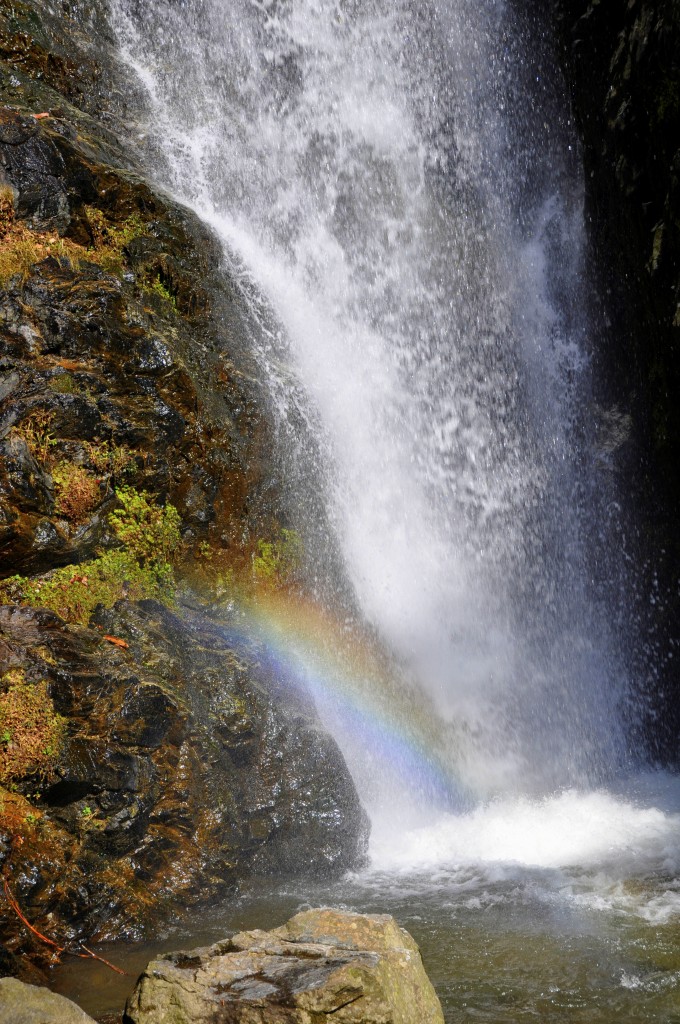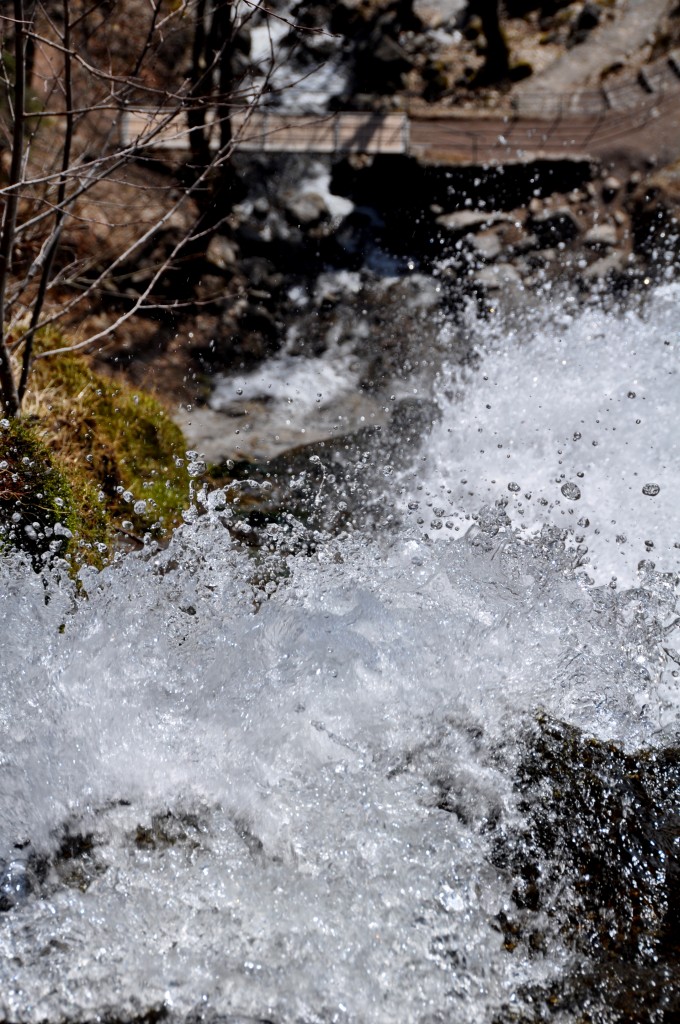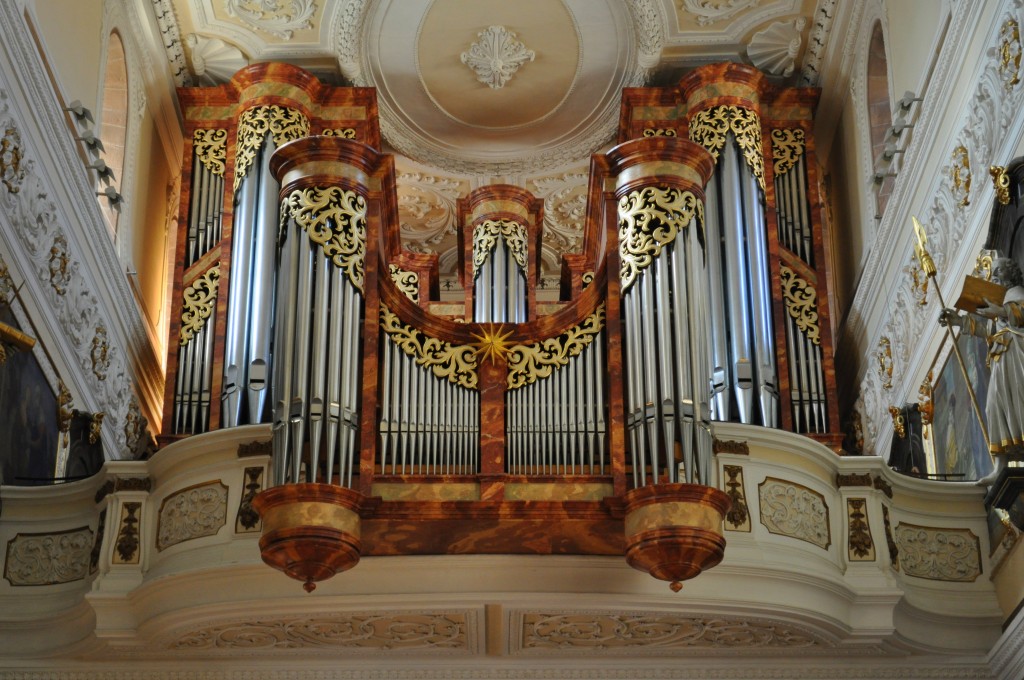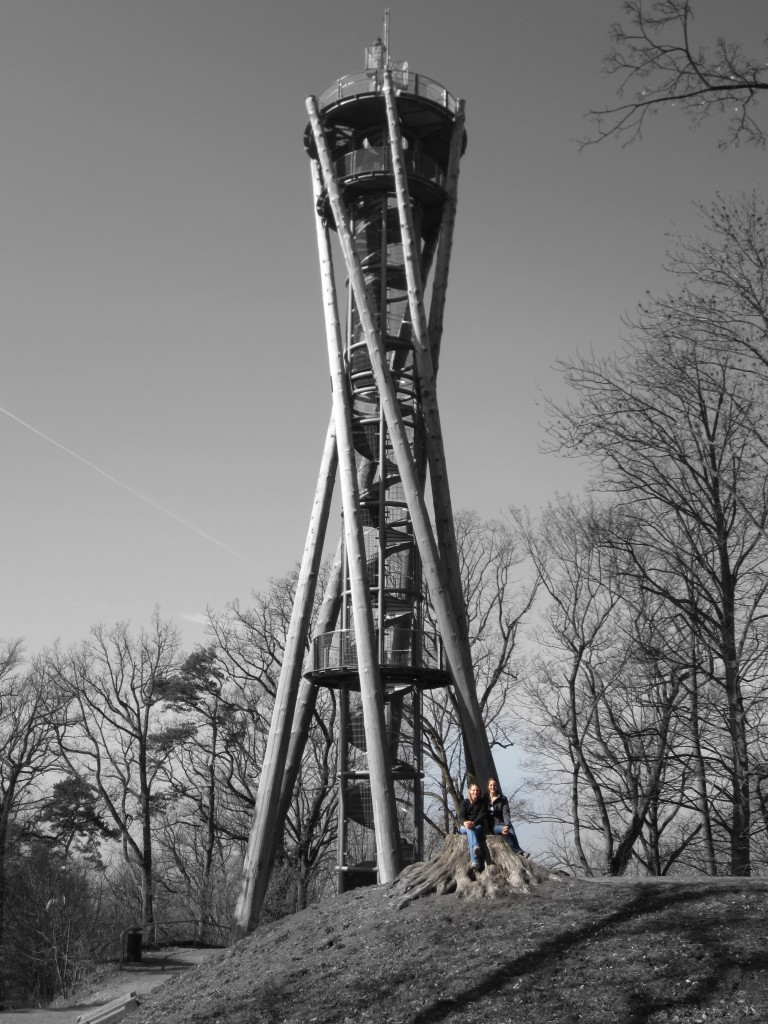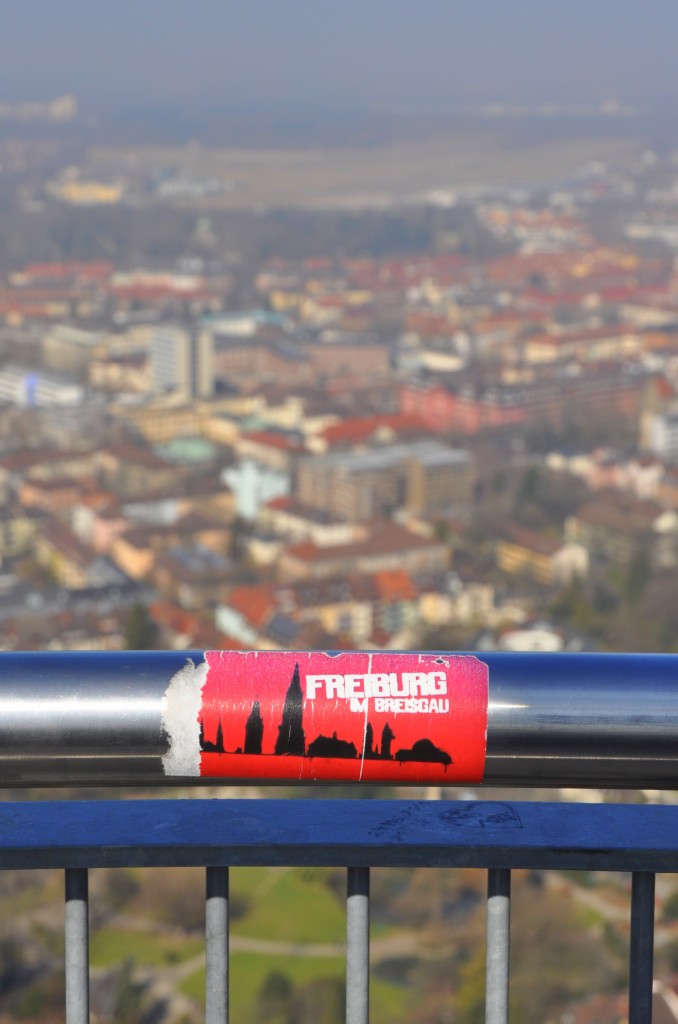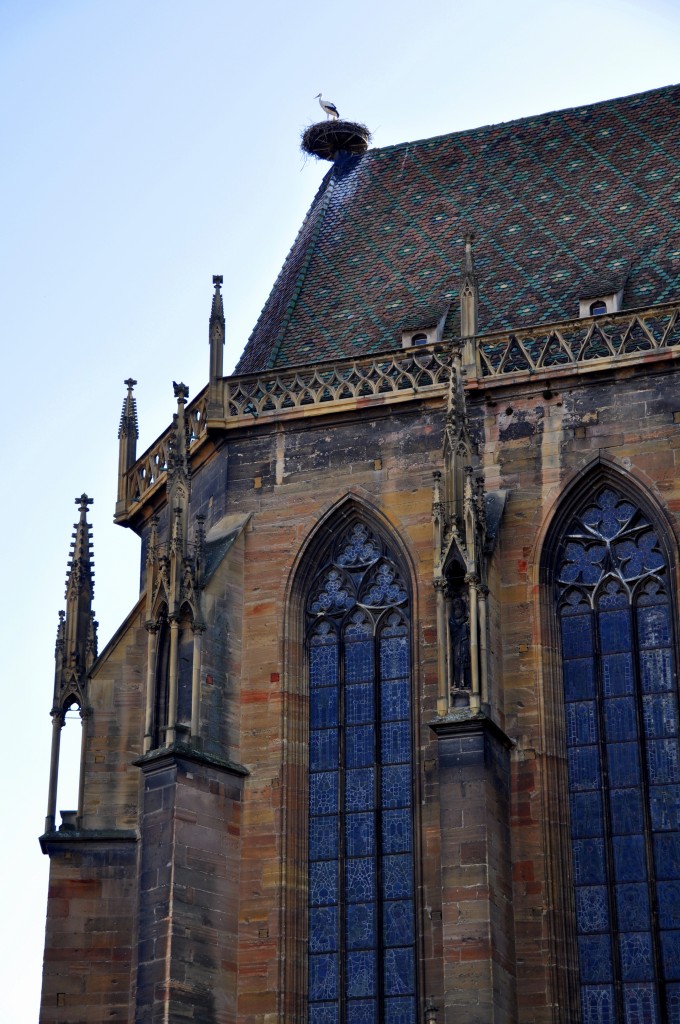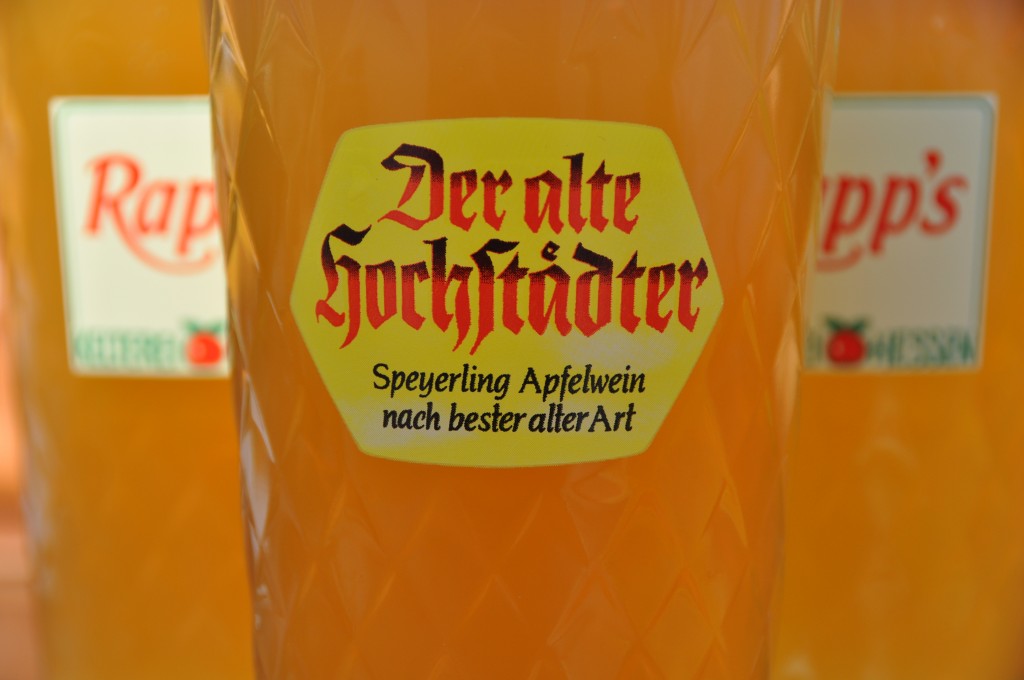Mom and I started our visit with a tour from the Night Watchman, who walked the city streets during the end of the 19th century, warning residents of fire, keeping the streets free of hoodlums, and addressing any issues with his Hellebarde (Hell Bar)!!
From the 14th to 17th Centuries, Rothenburg o.d.T. was quite a wealthy city, being located at a critical cross-road for merchants between Sweden and Rome and along the Tauber River. The city was virtually impenetrable and was not seized until 1631, during the Thirty Years War. In 1634 the city was hit by the Black Plague and 40% of the population died. The remaining years of the Thirty Years War drove the residents of Rothenburg into despair, with no money, power, or hope for the future.
It was this despair, and poverty, that prevented the residents of Rothenburg from updating and modernizing their town. On top of the old wall is a walking path that allows you to have a bird-eye view of the town.
Rothenburg was untouched until the 1880s, when European artists discovered it and turned it into a popular destination for tourism. For 60 years, Rothenburg enjoyed the benefits of tourism and re-built itself, while its medieval charm remained intact.
In March of 1945 the town was bombed by Allies, which destroyed about 2,000 feet of the city’s fortifications. A US General, whose mother had spent time in Rothenburg and told stories of its beauty, decided to strike a deal with the German troops: allow the Allies to use this town as a base for continued resistance and they would cease all bombing. Hilter had delivered clear orders that every German town, including Rothenburg, should be defended until the end. However, the high command was not in town that day, and the German commander left in charge ignored the orders of Hitler. The deal with Allied troops was made, even though the German officer knew it would mean his own death. Altruistic foresight and the ramblings of a smitten mother saved this post-card town!
What medieval town would be complete without a Medieval Criminal Museum? My favorites were the “Shame Masks”, which were suited to the crime and a tool for public humiliation of the accused. This one was to be worn when someone had “acted like a pig.” Sounds pretty subjective if you ask me!
Finally, we ended our trip with a Rothenburg specialty – round cookie balls covered with a variety of sweet toppings. Unfortunately, Schneeballen look a lot better than they taste.

